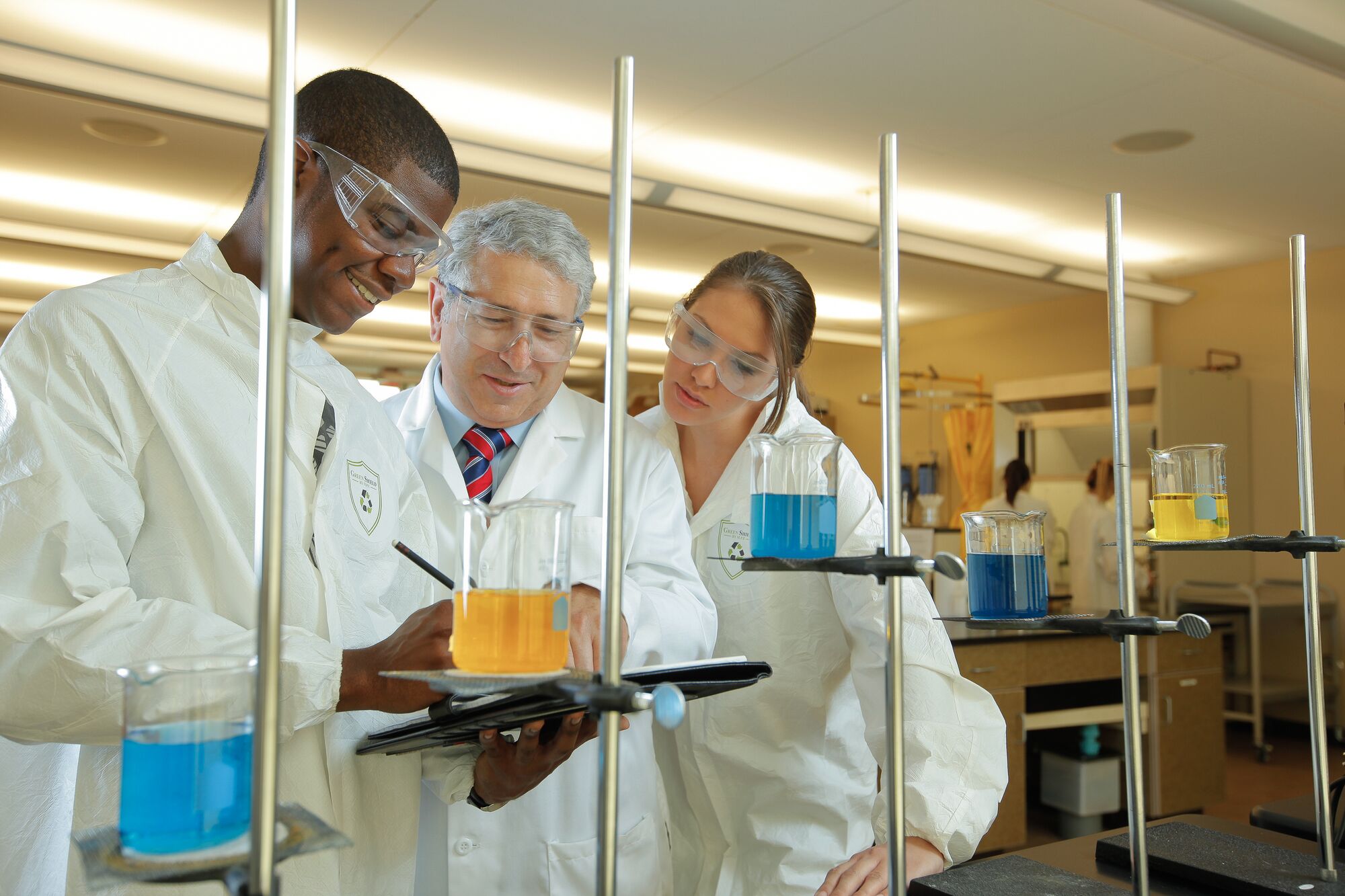

#Clinical laboratory scientist verification#
In addition to accuracy, precision, and verification of reportable range, other studies include analytical sensitivity and specificity, analyte stability, clinical sensitivity and specificity, reference range, analyte stability, and other performance characteristics that are needed for the test. Validations for home brew tests are not transferable to other clinical laboratories, i.e., each lab must conduct analytical and clinical validations. "Home brew" tests refer to procedures that are not cleared by the FDA and are validated by each laboratory that intends on using the test. For tests that are FDA-cleared, the validation studies include test accuracy, precision, and verification of the test's reportable range. Validation studies cannot be conducted by unlicensed research personnel, no matter how competent. Examples include cytology, immunohistochemistry, peripheral smears, flow cytometry, gel electrophoresis, and most molecular diagnostic tests including RT-PCR, gene chip arrays, multiplexed analyses, dot blots, viral loads, expression arrays, CGH arrays, etc.Īll moderately and high complexity clinical laboratory tests must be validated by CLS personnel prior to being put into use. If the output of the data requires some expertise, these would also be highly complex. High complexity tests include those that require clinical laboratory expertise beyond normal automation to perform. Moderately complex tests are usually those that are available on automated clinical laboratory equipment such as electrolyte profiles, chemistry profiles, complete blood count, urinalysis, urine drug screen, and automated immunoassays. Food and Drug Administration and are not likely to be applicable for UCSF-derived tests. All of these tests are approved by the U.S. Examples include pregnancy tests, drugs of abuse testing, strept tests, dipsticks, glucometers, etc. Many of these tests are available for sale as OTC (over the counter) for consumer use. Waived tests are simple to perform, low risk for erroneous results, and carry low clinical significance. The US Food and Drug Administration (FDA) determines the testing categories of tests that they have cleared for clinical use using a scoring system that takes into account the complexity of the testing, stability of calibrators, controls, pre-analytical steps required and need for interpretation of results. Testing categoriesĬlinical laboratory tests fall under three main categories. All clinical laboratory tests must be performed by California licensed Clinical Laboratory Scientists (CLS). Most clinical laboratories are accredited by either the College of American Pathologists or The Joint Commission. Physician office laboratories can receive a Certificate of Waiver for waived tests.

All moderate and high complexity testing (see below) must be conducted in laboratories certified by the Clinical Laboratory Improvement Act (CLIA). Patients and researchers cannot order clinical laboratory tests on anyone including themselves.

CLIA certificationĪll laboratory tests to be used for clinical purposes must be ordered by a physician licensed in the State of California. There is interest in establishing biomarkers to support the introduction of novel therapeutics however, pharmaceutical companies are reluctant to go with this approach unless there is no alternative for the drug.
#Clinical laboratory scientist full#
The driving force for an IVD company to collaborate is usually the potential marketing value of a new biomarker.Īlthough some integration has been achieved by small venture-capital based bio-tech companies, full implementation of new biomarkers usually requires licensing to larger corporations or, the creation of a new public company through an Initial Public Offering (IPO). Therefore, in practice, new clinical laboratory tests are collaboration between the basic and clinical scientist, and the in vitro diagnostics (IVD) industry. National and local funding agencies have not traditionally fund the studies necessary to demonstrate the utility of such tests. The process of getting new laboratory tests into routine use is complicated and expensive. While translational research into a new biomarker is a laudable goal, in actual practice, very few scientific discoveries ever make it into clinical practice.


 0 kommentar(er)
0 kommentar(er)
